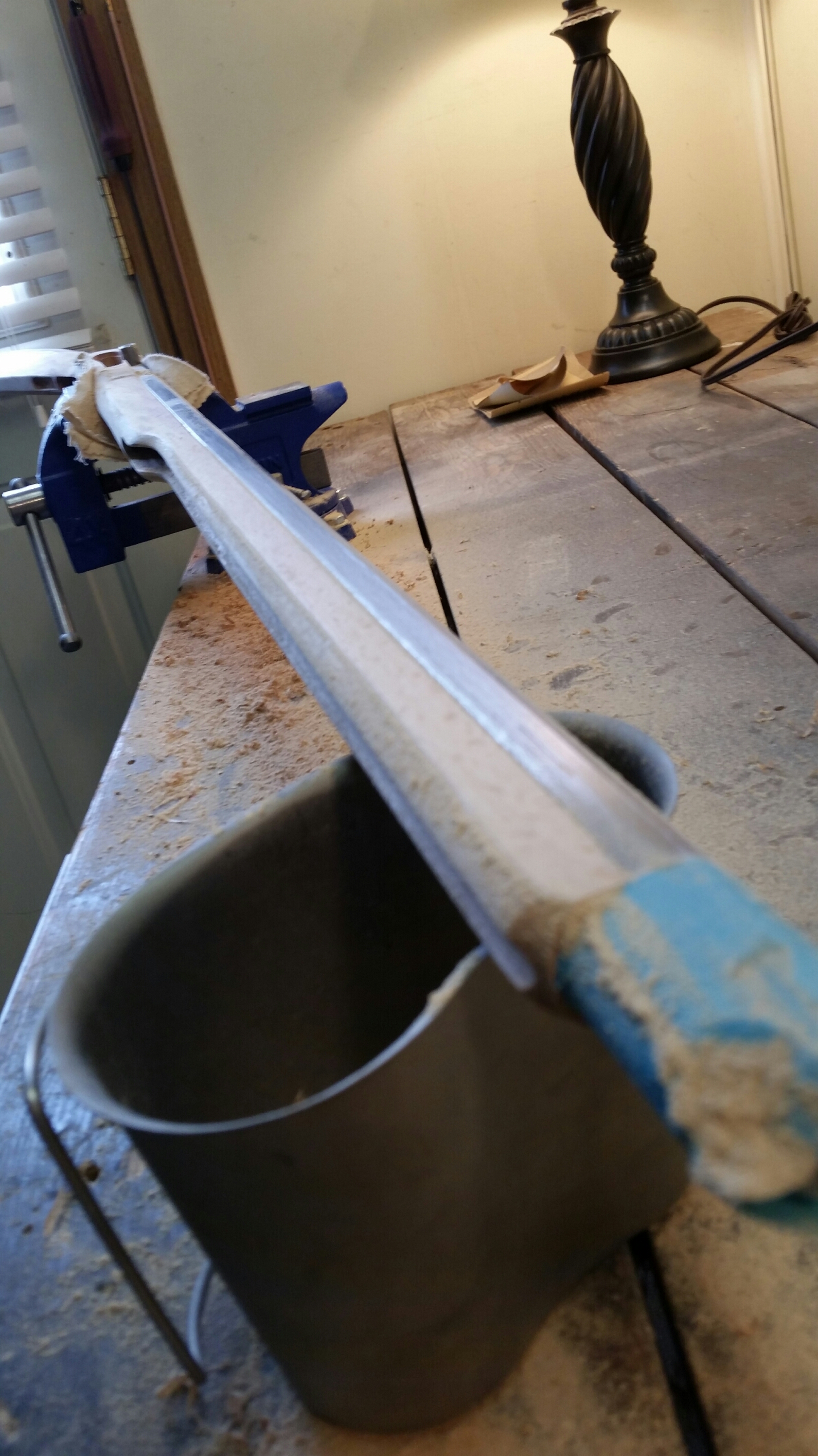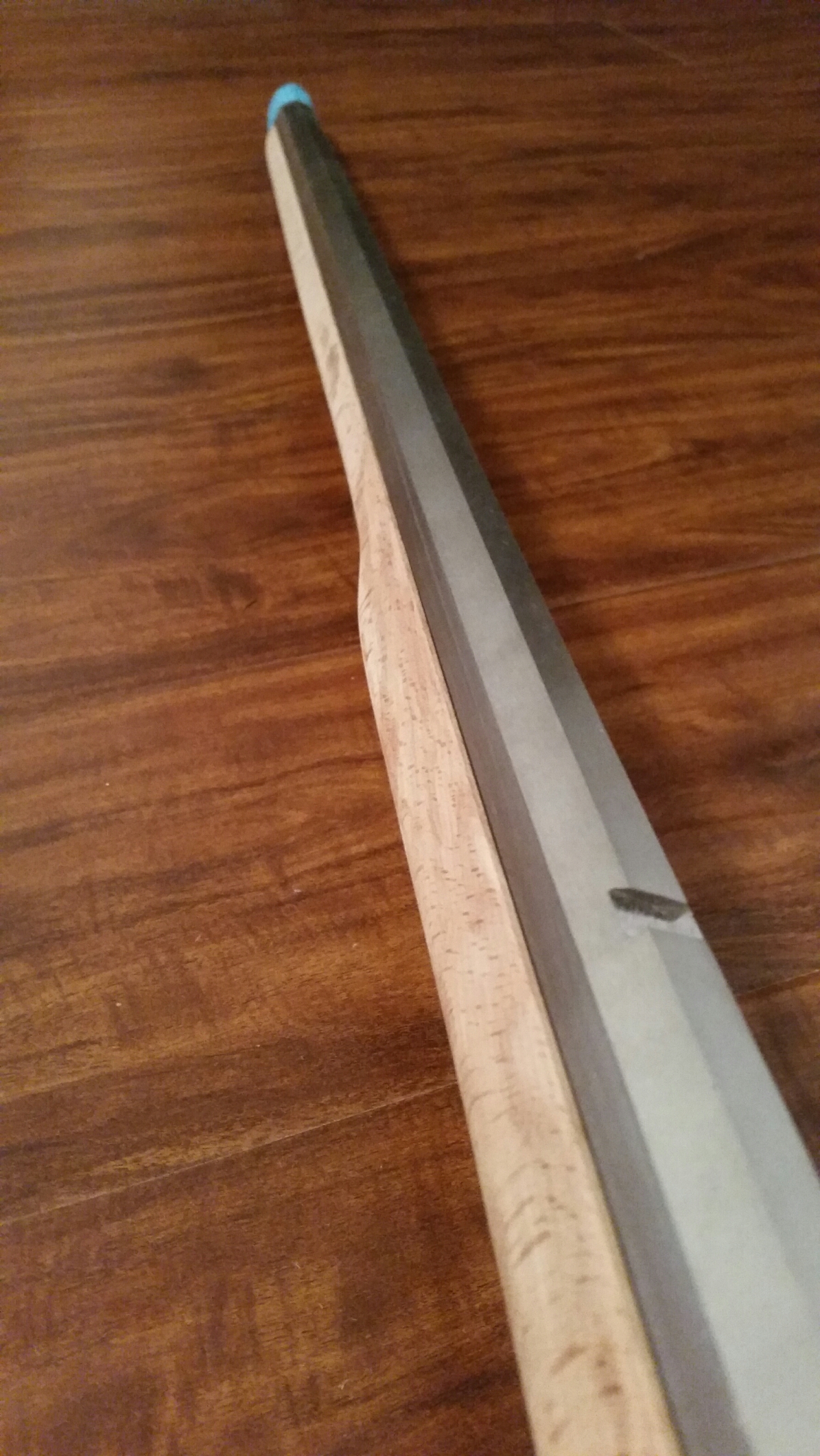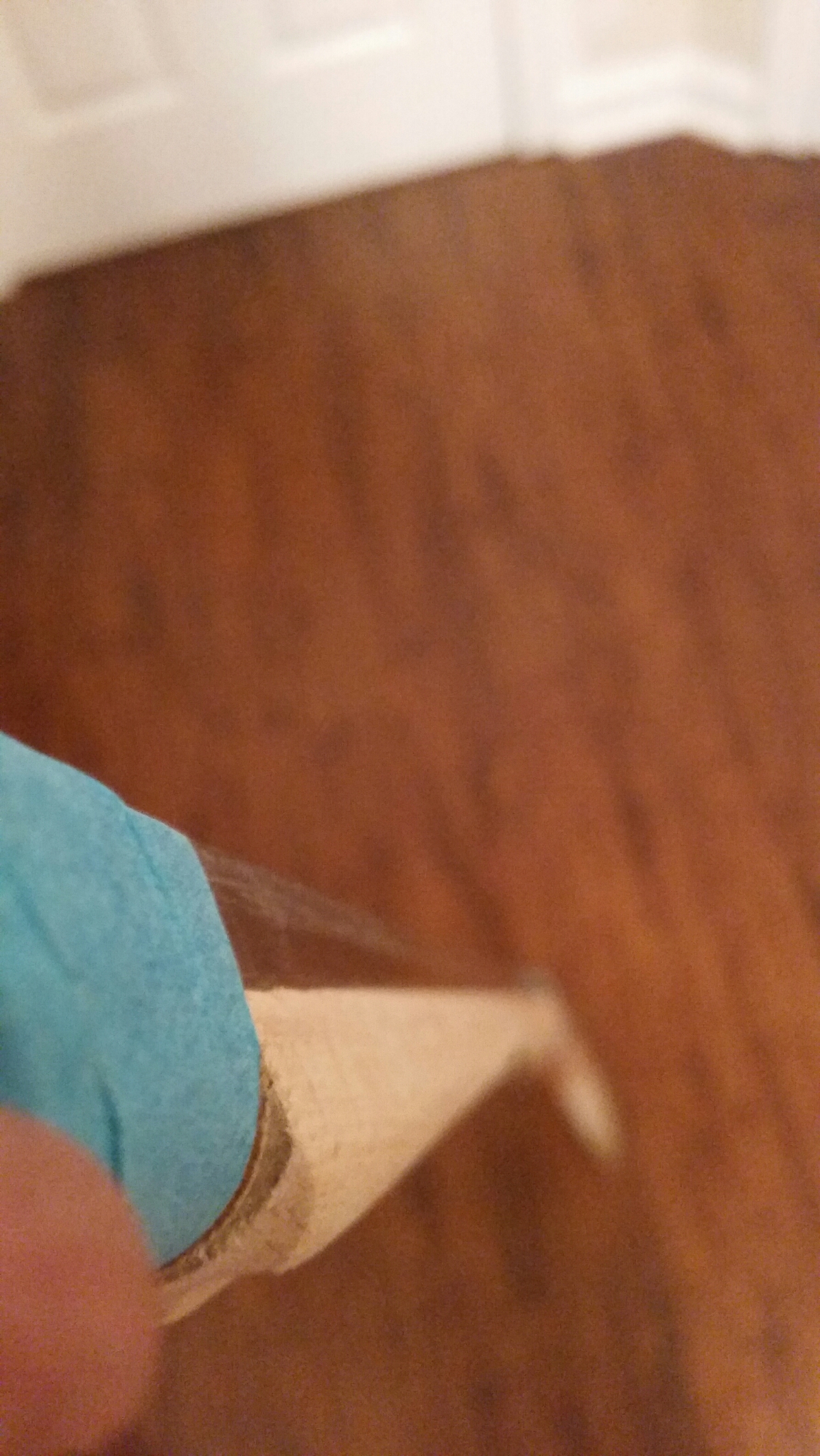I've hit a wall... I've recently been building a simple traditions shenandoah kit strictly dedicated for squirrel season. I decided to shave down the stock flat with the barrel flats due to numerous imperfections in the precarved stock. The left side of the stock had so much more wood than the left, that no matter what I did, it was still extremely noticeable and unpleasant. So... IMO, I went drastic and slimmed the entire stock to match the barrel flats. Now my dilemma is trying to shape what little I have to allow a decent looking rifle. Not to worried about having a show piece as the squirrels certainly will not care... However, still want something to be happy with. Without a doubt, these stocks definitely are a far cry from good wood... Any suggestions?








